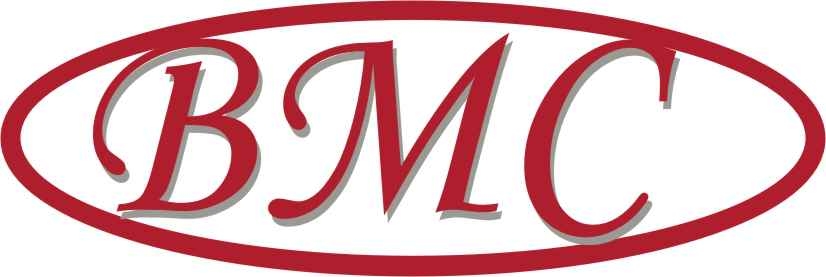Elevator Pitch: An elevator is a short statement that explains who the book is written for and what problem it addresses and helps to resolve. This pitch can be used to quickly and concisely convey your book’s core focus to a potential reader, a prospective client, a member of the news media considering booking you for an interview – or even for your mom, who wants to know you’re writing a book – but she’s not looking for a blow-by-blow, chapter-and-verse description of what you’re writing or have written.
Elevator pitches are critical for new-book networking, as those you target are not likely to give you an extended time to tell your life story and the story of your book. Rather than lose that opportunity, you must have a series of well-crafted elevator pitches, each focused on a different kind of prospect and a different level of interest. Using an elevator pitch is not a one-size-fits-all opportunity – you’ll be more successful if you focus.
As for length, I’ve heard “experts” say that your elevator pitch should be 30 seconds long. I find that time-frame generous and probably overly-optimistic. It’s better to have several pitches for each topic: a 10-second pitch, a 15-second pitch and that overly-optimistic 30-second pitch. Then it’s up to you to gauge your potential prospect’s level of interest, as well as the time that person is willing to give you. Typically – unless you get signals that you’ll get more time,
I’d suggest starting with the 10-second pitch, then read your audience-of-one’s response. If that person will give you more time, add what you’d include in your 15-second and (if the target is generous with your time) 30-second pitches. However, be cautious – underplaying your hand and leaving the target wanting more is far more effective than overstaying your welcome and turning off the prospect. Yes, it’s a judgment call, but the more you use elevator pitches, the better you’ll become at judging the time that you’ll be given.
Elevator pitches can take many forms, but here’s one that works for me, based on a “Marketing Minute” by Kim C. Steadman, a member of Shelley Hitz’ Author Audience Academy. This is the plug-and-play version of a generic elevator pitch:
(Book Title) is a book written for (ideal reader). This book addresses the reader’s (biggest problem) [Note: there could be two or even three problems here, but keep it tight] in order them to (resolution).
Here is an example of a completed sample elevator pitch, one I wrote for the book you’re reading now.
Write Now! Writing YOUR Book – to Attract New Clients and Make You a News Media Expert is a book written for entrepreneurs, consultants, small-business owners and private-practice professionals who are self-employed. This book addresses the reader’s two biggest problems: how to generate favorable press coverage that enhances their business reputation; and, how to attract more viable prospects who turn themselves into satisfied clients.


Recent Comments